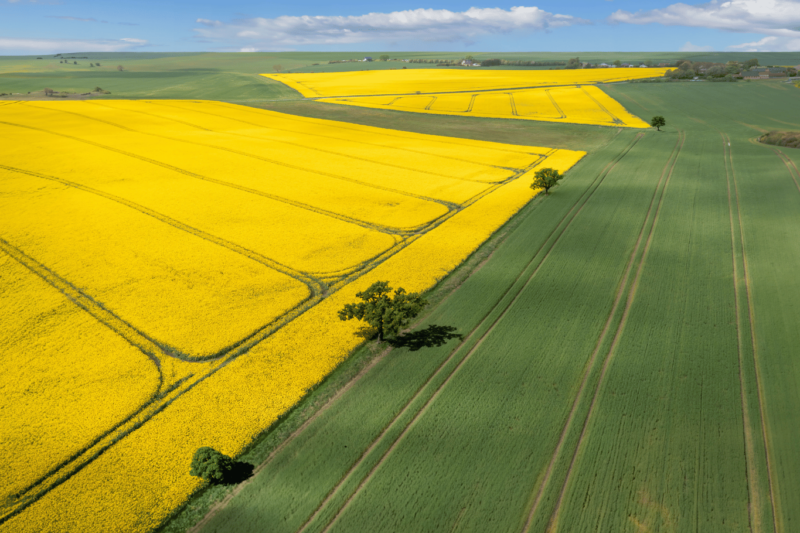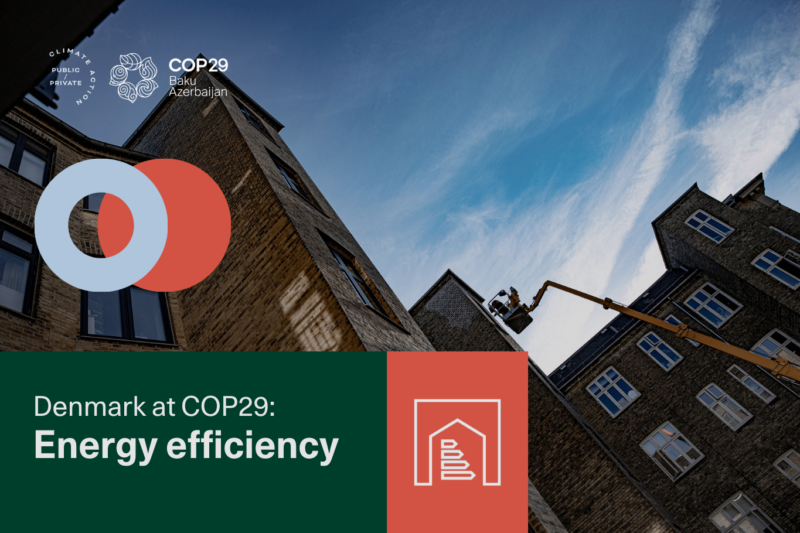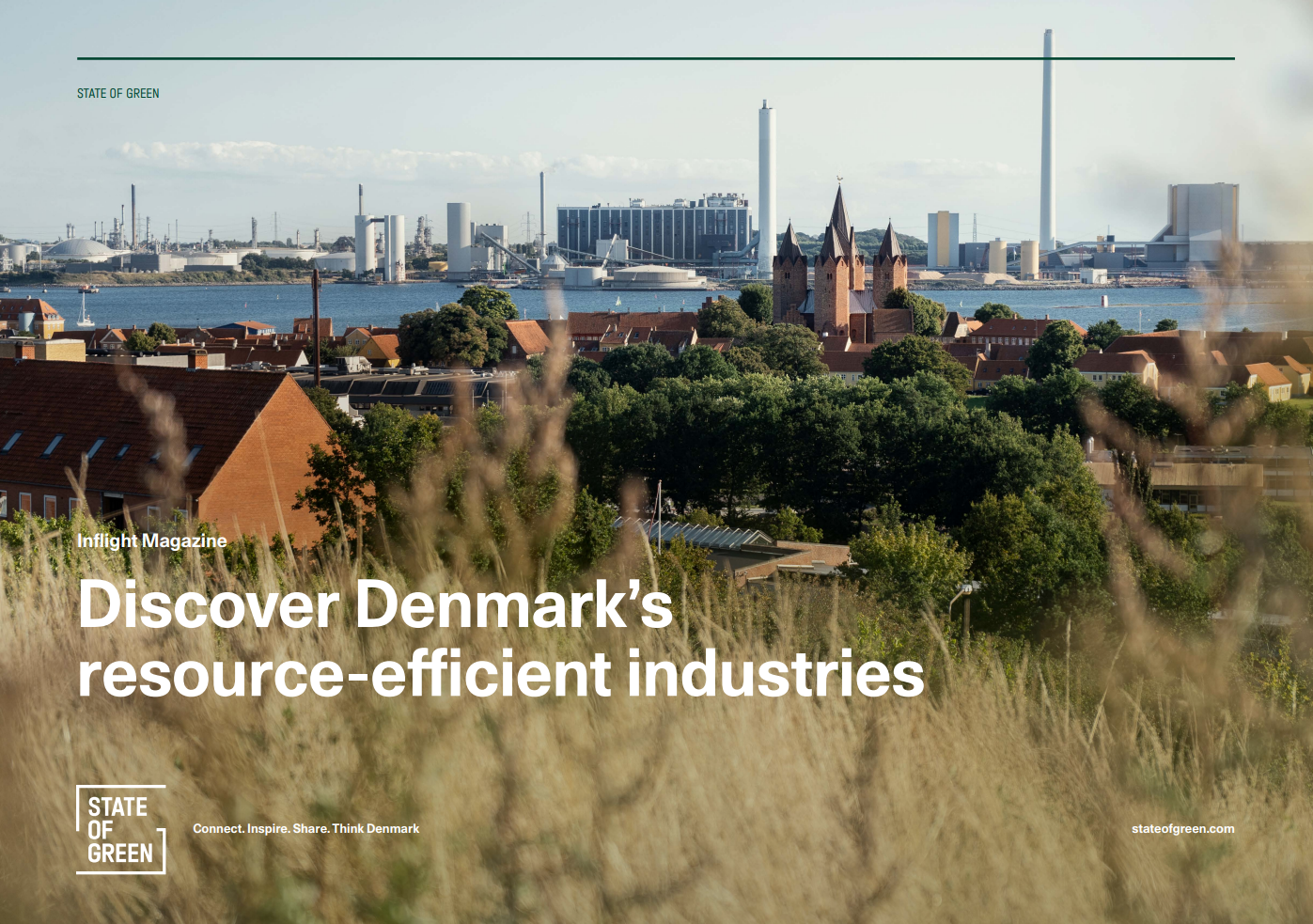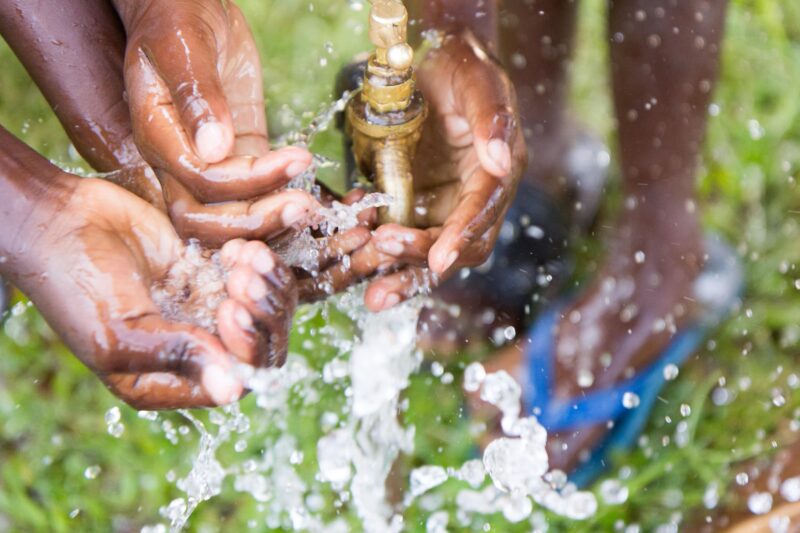News
Resource efficient production
Circular Consumption through Innovative Business Models


New types of business models are developing rapidly. There is no one-size-fits-all, which is why there is such a large variety of circular economy solutions being introduced. However, some trends, such as product-as-a-service and the sharing economy, are changing our production and consumption patterns.
- Browse through +1,400 solutions from +600 Danish companies
Some companies are changing their business model from selling a product to selling a service. For example, VIGGA’s business model allows parents to lease organic baby clothing instead of having to invest in new clothing. In general, these business models allow the company to retain ownership of the product (and thus also the resource) and keep the product in the loop for reuse, re-manufacturing and extension of its life-time. At the same time, the customer pays for the use and not the ownership of the products, which saves both money and resources.
- Related news: Looping resources
A circular economy is highly driven by the digitalisation and platform models that allow consumers to share and utilise available resources and assets. A circular economy therefore has a strong link to the sharing economy, where the focus is on accessing products rather than owning them. For example, the Danish car-sharing platform GoMore allows travellers to share their ride or share their car with others. Even though not all sharing economy products and services are necessarily related to circular economy principles, the sharing economy has transformed consumer behaviour, and is expected to have an even greater influence in the future.
- Related news: Potential for Denmark as a circular economy
Consumption patterns play an important role in the transition towards a circular economy. Without a demand from the customer, the companies cannot sell their solutions. The public sector’s significant purchasing power allows it to drive the demand for circular economy products and business models. For example, the City of Herning, located in Denmark, developed a guideline for reuse and circular procurement requirements for work clothing.
Another approach that can facilitate more circular procurement is using total cost of ownership as the basis for procurement decisions – i.e. not only considering the purchasing price, but also the operation, disposal costs and the potential future use and value. To help procurers calculate the total cost of ownership, the Ministry for Environment and Food has developed a number of practical tools and guidance material that can be used in the procurement of different products, leading to more resource-efficient products and financial savings in the long run (The Total Cost of Ownership tools are available at www.csr-indkob.dk (only in Danish).
These new business models benefit both citizens, the public sector and private companies by providing resource efficient solutions. For private companies, the new business models can help increase security of supply of resources, lower costs by reusing materials and pave the way for new business partnerships and markets. At its core, these new business models can save both resources and money.
A circular subscription concept
VIGGA was born as a circular concept. The idea was to create a new way of consuming, based upon sharing and circulating high-quality products. Through a circular subscription concept, VIGGA offers high-quality children’s clothes, produced under proper conditions, at an attractive price. This is possible because the same piece of clothing will be shared by several children and the quality of the clothing is so high:
• For a monthly subscription fee, the customers get 20 pieces of clothes in their child’s size
• When the clothes become too small, they are replaced by new sets of clothes one size bigger
• After a quality inspection, the returned clothes are then washed professionally
• Subsequently, the clothes are delivered to another baby, resulting in a circular process
The concept creates an incentive for textile companies to produce in as high a quality as possible. The higher the quality, the more children can make use of the same piece of clothes and the higher the profit becomes. Furthermore, textile waste is reduced by 70-85%.
A circular travel solution
Cars are by far one of the most under-utilised resources in modern life. In Denmark, an average car transports 1.4 people on the road and spends about 23 hours per day taking up parking space. Empty car seats are the largest excess capacity in the transport industry, and this inefficiency has a negative impact on the environment and is expensive for car owners.
GoMore’s platform offers a service that enables drivers to invite people for a ride on an already planned journey. This increases the number of people in cars and reduces the number of cars on the streets, making car trips more efficient and better for the environment. It is a travel solution which is cheaper for both the car owner and the passenger.
Since GoMore was established in 2005, more than 1 million users have visited and used the service. As a result, more than 300,000 seats have been sold in Denmark alone, making GoMore a European leader in combining ridesharing and peer-to-peer car rental, and Scandinavia’s leading business in the sharing economy.
- The items in this article can be found in State of Greens white paper: Circular Economy
- Click here to download the white paper: Circular Economy
You should consider reading
solutions
Combined heat and power production
+6
CopenHill: The story of the iconic waste-to-energy plant
20 November 2024solutions
Energy efficiency in buildings
+2
Greening the UN one building at a time
20 November 2024publications
Energy efficiency in industry
+7















